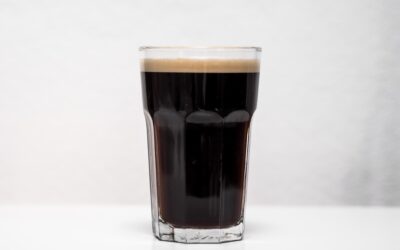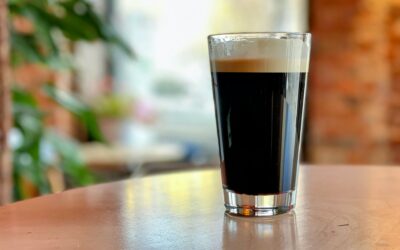Where porters differ from stouts, the tendency is for the former to have more fruitiness, a somewhat lighter colour, restrained roasted bitterness and a more prominent malt character. This is rarely reflected in historic norms, but then no beer style is shackled to its history.
Sweet stouts
Most new ways of making beer come about because of an advance in technology, alterations to the availability of ingredients, or a change in legislation. Sweet stouts were invented as a way of fending off a social movement.
Dry stouts
In Ireland, by the end of the 18th century, porter and stout had come to dominate the beer market. The Irish versions began to diverge from their English equivalents from 1820, when brewers, including one Arthur Guinness, moved from relying on brown malt by becoming early converts to recipes based on the idea of pale malts being supplemented by black malts produced in a new type of roaster.
Stronger stouts
Within a decade of porter arriving in the scene in London, brewers were recognising its potential in formats that are more robust, also termed ‘stout’. The fashionable new beer style was quick to show its adaptability for early industrialists who were starting to play with mass-production for the first time.
Speciality stouts & porters
Quite how far the tastes of 21st century consumers will go in prompting further revival and a fresh expansion of sub-styles of porter and stout has yet to be seen. A wide variety of new sub-styles are already appearing, featuring added ingredients and variations on barrel-ageing and oak-ageing. Already, for example in Poland, some appear to have staying power.





